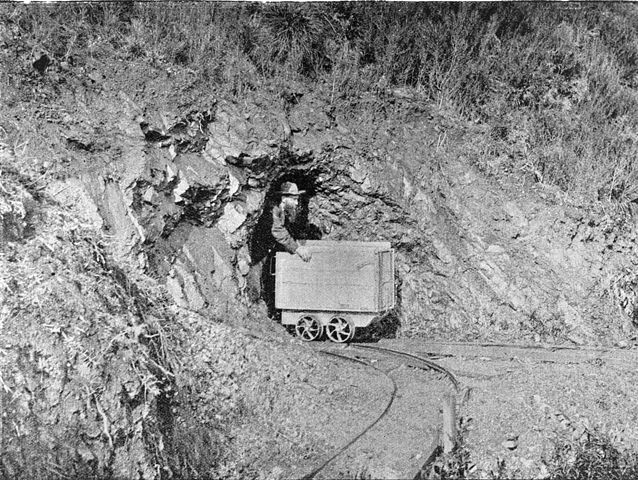
Sometimes little nuggets of information don’t mean much, but sometimes they mean a lot. It’s not always clear, though, is it? Following are a couple such nuggets, but I’ll let the reader decide what they’re worth.
In a recent congressional hearing, Sen. Patty Murray, said something that surely gave providers a nasty case of the hives. Murray, who chairs the Senate Budget Committee, said at a July 30 hearing that bundled payments “could help incentivize coordination and efficiency” by “creating fixed payments for all the care a patient is expected to need during a period of time.”
I approached the dais after the hearing for clarification (did she really say the “C” word?), but Murray handed me off to a staffer, who promised to get back to me. He e-mailed me as promised, but he didn’t respond when I explained what I was after. He also didn’t respond the following day when I inquired a second time.
There are a lot of people in this town who think capitation is inevitable under accountable care organizations, but it seems as though it’s a bit impolitic to say as much out in the open. It’s a safe bet we haven’t heard the last of this, though.
Devices driving healthcare inflation?
We’ve all heard about statistical cherry picking, but let’s go ahead and dive into the discussion of how medical device spending is driving Medicare spending … or not.
Kavita Patel, MD, of the Brookings Institute appeared at the July 30 Senate hearing mentioned above, and Patel had some interesting numbers to offer. Among these is a table she drew from Medicare data stating that Medicare spending on pharmaceuticals “across the continuum of care” rose from $2.4 billion in 2001 to $63.7 billion a decade later. That’s up by more than a factor of 25.
Meanwhile, spending on durable medical equipment went from $4.5 billion in 2001 to $7.7 billion in 2011, and non-durable medical equipment rose from $1.6 billion to $3.2 billion, again all within the nebulously named “continuum of care.”
I’m not entirely sure what those durable and non-durable categories cover – do they include defibrillators and drug-eluting stents? – but a lot of the numbers I’ve heard about med tech inflation is that it comes in at about 6% a year most years, and routinely accounts for about 6% of total Medicare spending. According to my wizardly arithmetic calculations, 6% annual inflation comes to an increase of about 80% over a decade.
Assuming that’s the case, how can all the policymakers and policy wonks bleat endlessly about medical device spending and not be equally unhinged over a 25-fold increase for inpatient and outpatient drug spending in just 10 years? That’s like losing your cool over a spilled bucket of water while standing in front of a dam that’s about to collapse.
As the picture above reminds us, you can’t always distinguish between gold and iron pyrite until you do a little digging, but there’ll be a lot more where that came from starting next month when Congress returns to Washington for the fiscal 2014 budget talks.
